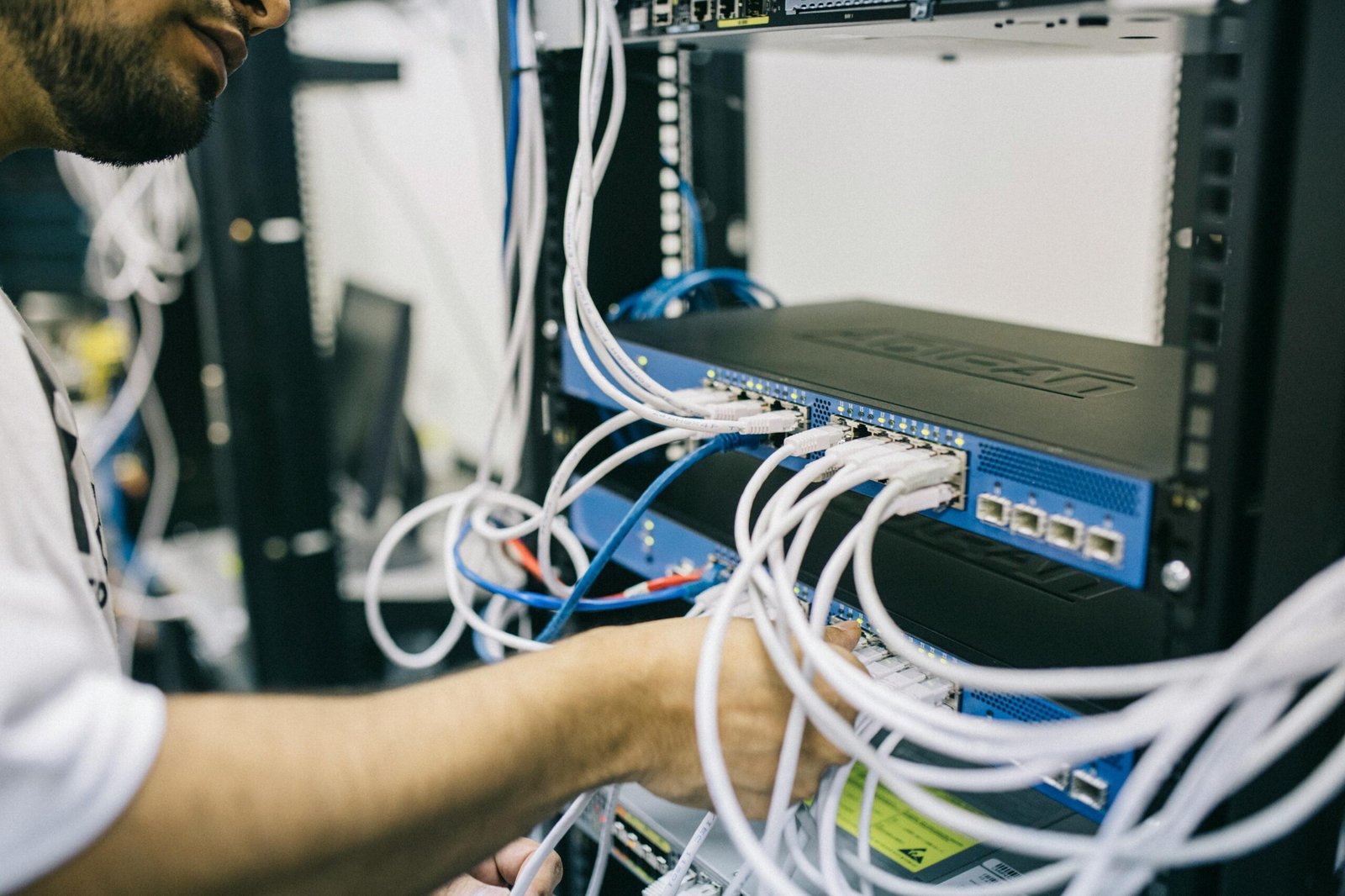Let’s face it — laptops are essential for students today. Whether it’s attending online classes, writing essays, or collaborating on group projects, a reliable device is a must. But not every student can afford one. The good news? There are legitimate programs offering free laptops for students in 2025. In this guide, we’ll walk you through the best options, how to apply, and how to avoid scams — all in simple, clear language.

Government Programs Offering Free Laptops for students
Many governments run education schemes that provide laptops to students from low-income families. For example, Pakistan’s Punjab Education Initiative and India’s Digital India campaign have distributed thousands of devices. These programs usually require:
Proof of enrollment in a public school or university
Income verification
Application through school administration
Action Tip: Visit your local education department’s website or ask your school’s admin office about current laptop schemes.
NGO & Non-Profit Laptop Distribution
Organizations like One Laptop per Child and World Computer Exchange partner with schools to deliver laptops to underserved communities. These laptops are often refurbished but fully functional, and come preloaded with educational software.
Example: A student in Sahiwal received a laptop through a local NGO and now attends online coding classes.
Action Tip: Search for NGOs in your area or ask teachers about partnerships with non-profits.

University Laptop Grants & Scholarships
Many universities offer laptop grants as part of their financial aid packages. These are typically available to:
Full-time students
Those meeting GPA or merit criteria
Students with demonstrated financial need
Action Tip: Check your university’s financial aid office or website for laptop grant applications.
Corporate CSR Initiatives
Tech companies like Microsoft, Dell, and HP run Corporate Social Responsibility (CSR) programs that donate laptops to students through schools or coding bootcamps. These laptops often come with productivity software like Microsoft 365 or Google Workspace.
Example: Microsoft’s Education Program has supported thousands of students globally.
Action Tip: Follow tech companies on social media or check their CSR pages for announcements.
How to Apply for a Free Laptop
Applying is usually straightforward, but you’ll need to be prepared:
Gather documents: student ID, proof of enrollment, income certificate
Fill out application forms accurately
Submit before deadlines
Follow up politely if you don’t hear back
Pro Tip: Apply to multiple programs to increase your chances.
Comparison Table: Free Laptop Programs
Program TypeEligibility CriteriaLaptop TypeApplication MethodGovernment SchemesPublic school/university, low incomeBasic to mid-rangeSchool or education dept.NGO InitiativesUnderprivileged studentsRefurbishedPartner NGOsUniversity GrantsFull-time, GPA-basedHigh-specFinancial aid officeCorporate CSRSelected schools/eventsNew with softwarePartner institutions
Tips to Avoid Scams
Unfortunately, fake laptop schemes exist. Here’s how to stay safe:
Never pay a “processing fee”
Avoid websites without official contact info
Don’t share sensitive personal data
Verify programs through official sources
Action Tip: Use government or university websites as your first point of reference.
Refurbished vs. New Laptops
Refurbished laptops are pre-owned devices that have been repaired and tested. They’re often just as reliable as new ones and come at no cost through many programs.
Pros of Refurbished:
Eco-friendly
Cost-effective
Often preloaded with educational tools
Cons:
May have older specs
Limited warranty
Action Tip: Don’t dismiss refurbished options — they’re often perfect for basic student needs.
FAQs Section
1. How can students get a free laptop in 2025?
Apply through government schemes, NGOs, universities, or CSR programs.
2. Are government laptop schemes still active?
Yes, many are ongoing. Check with your local education department.
3. What documents are needed to apply?
Student ID, proof of enrollment, income certificate, and sometimes a recommendation letter.
4. Can international students apply?
Some university grants and CSR programs are open to international students.
5. Are refurbished laptops reliable?
Yes, especially when distributed by trusted programs. They’re tested and often come with warranties.
6. What specs should a student laptop have?
At least 4GB RAM, 128GB storage, and a reliable processor for basic tasks.
7. How long does the application process take?
Anywhere from 2 weeks to 2 months, depending on the program.
8. Is there a catch to getting a free laptop?
No catch — just eligibility requirements and limited availability.
9. What if I don’t qualify for any program?
Look for student discounts or refurbished deals from trusted retailers.
10. Where can I find updates on new laptop offers?
Follow education departments, NGOs, and tech companies on social media.
Conclusion
Getting a free laptop as a student in 2025 is possible — you just need to know where to look and how to apply. From government schemes to university grants and NGO programs, there are multiple paths to access the tech you need for success.
💬 Your Turn: Have you applied for a free laptop program? Share your experience in the comments below — your story might help another student.


